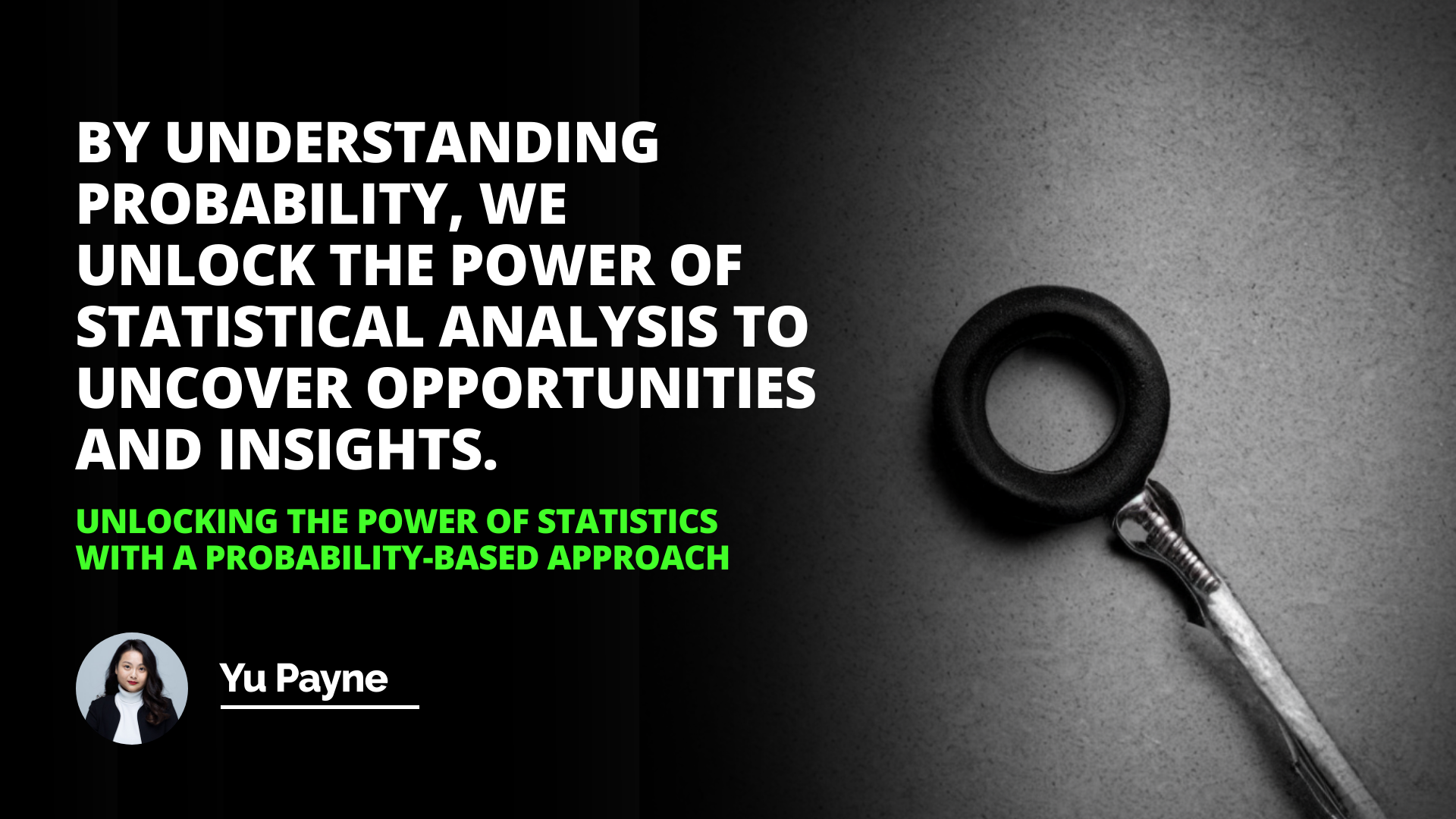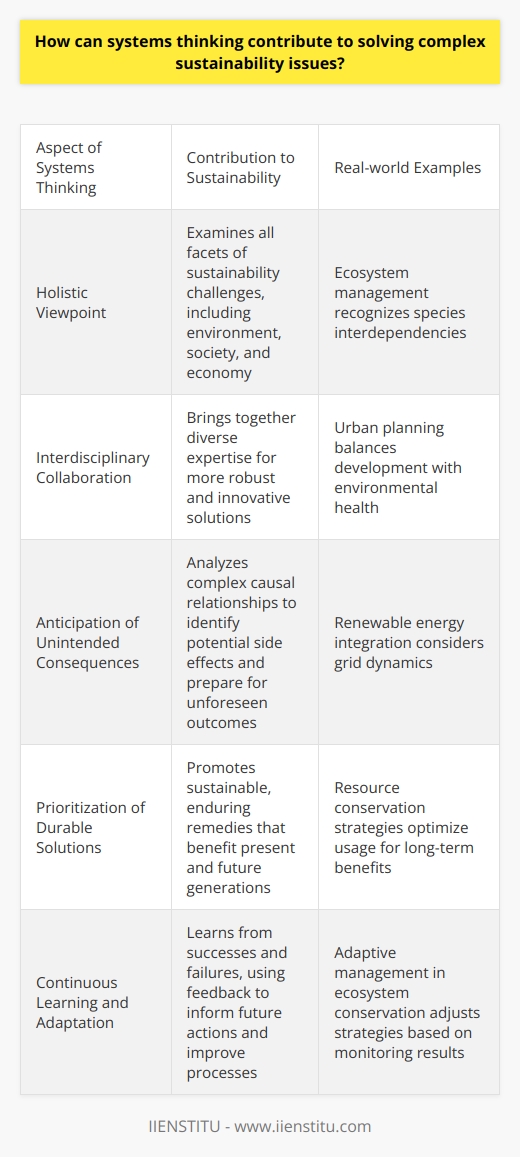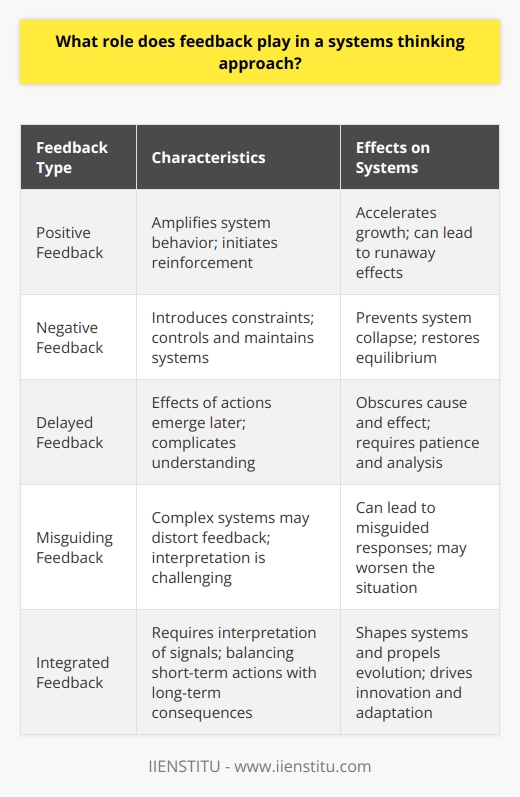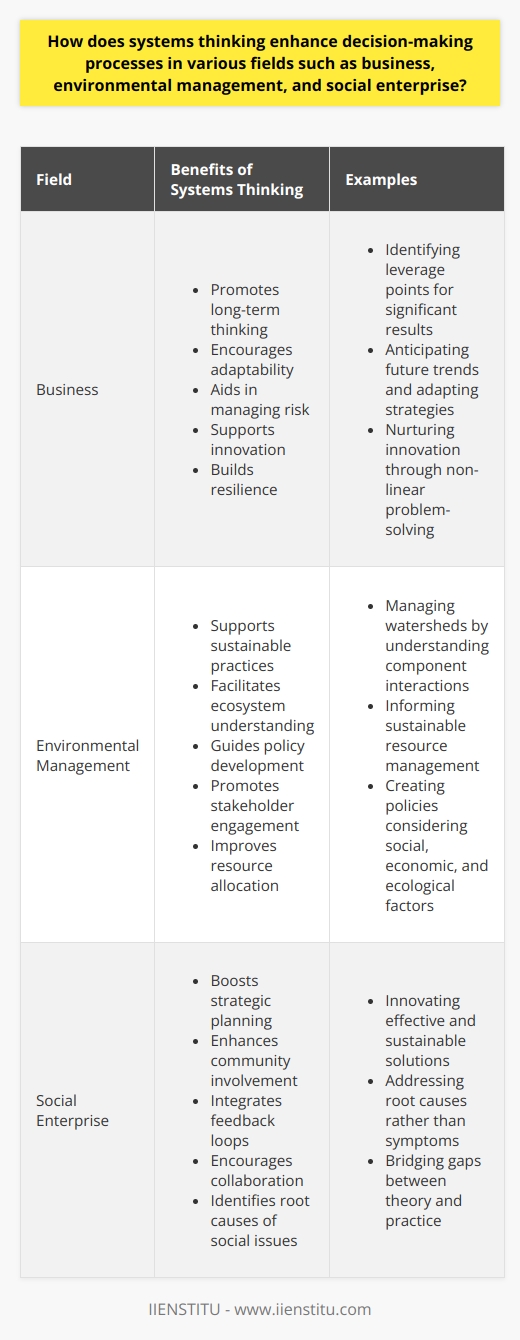In an era where complexity governs the dynamism of almost every sphere of life, Systems Thinking emerges as an indispensable heuristic for understanding and addressing the multifaceted challenges prevalent in our contemporary world. The intrinsic interconnectedness of social, economic, and environmental systems necessitates a holistic approach to analysis and action, which Systems Thinking delivers. This blog post aims to unravel the layers of Systems Thinking, showcasing its pertinence to modern-day problematics and the advantages it confers upon those who employ its lens to dissect and comprehend the entangled networks that characterize our existence.
A Brief Explanation of Systems Thinking
Systems Thinking is a disciplined method for examining the relationships between various complex system components. It often reveals insights that might remain obscured under traditional analysis. It moves beyond simplistic cause-and-effect chains, instead embracing a myriad of influences that contribute to systems' behavior over time. By doing so, Systems Thinking offers a comprehensive vista that considers the whole and the sum of its parts.
Importance and Relevance in Today's Complex World
In a world rife with interconnected problems spanning climate change, economic crises, health pandemics, and societal injustices, the traditional siloed approach to problem-solving is no longer adequate. Global issues demand global Thinking; hence, Systems Thinking's emphasis on interconnectedness and patterns of change is relevant and necessary for identifying effective action levers.
The objective of the Blog Post
This exposition aims to illuminate the transformative potential of Systems Thinking. It is tailored for professionals, educators, students, and individuals keen on enhancing their problem-solving skills training. The ensuing discussions will traverse the foundational concepts and the utility of Systems Thinking in various domains and provide insights on how this discipline can be assimilated into everyday decisions and strategies, including pursuing an online certificate course for formal education.
Understanding Systems Thinking
Definition and Concept of Systems Thinking
Historical Background
The genesis of Systems Thinking is rooted in the early 20th century, evolving from various fields such as biology, engineering, and cybernetics. Ludwig von Bertalanffy's General System Theory provided a significant touchstone by proposing that certain principles of systems could be generalized across different disciplines.
Key Principles
The fundamental principles of Systems Thinking include interdependence, wholeness, patterns, cycles, and the emergent properties arising from the interplay of system constituents. These principles converge to form a scaffold for complex problem-solving and decision-making that acknowledges the subtleties and synergies within systems.
Difference Between Traditional Thinking and Systems Thinking
Contrastingly, traditional Thinking often operates linearly and reductionistically, focusing on individual parts without recognizing their interaction and collective influence on the whole system. Systems Thinking, conversely, calls for an expansive view, evaluating long-term repercussions and systemic impacts of actions.
Real-Life Examples to Illustrate Systems Thinking
In Business
To validate the efficacy of Systems Thinking in the business arena, consider a corporation aiming to enhance customer satisfaction. A Systems Thinking approach would involve delving into customer feedback loops, employee engagement, supply chain efficiency, and other interrelated components influencing customer experiences.
In Environmental-Related Issues
In environmental issues like deforestation, Systems Thinking helps us perceive beyond the mere act of tree cutting. It examines economic incentives, community livelihoods, ecological balances, and long-term environmental consequences, enabling a more sustainable resolution.
In Social and Political Contexts
Furthermore, Systems Thinking applied to social systems might address how education, public policy, economic disparity, and cultural values collectively shape societal behaviors and outcomes.
Critical Components of Systems Thinking
Explanation of Feedback Loops
Positive Feedback Loops
Positive feedback loops are self-reinforcing mechanisms where a change in a system element leads to further change in the same direction. For example, the more a product is perceived as valuable, the more it is purchased, and its perceived value increases, creating a reinforcing cycle of demand.
Negative Feedback Loops
Conversely, negative feedback loops serve to balance and stabilize systems. A classic instance is thermoregulation in the human body, where various mechanisms work together to maintain a steady internal temperature, countering external fluctuations.
The Importance of Understanding Interconnections
Explanation with Relevant Examples
Understanding interconnections within systems must be considered. For instance, in city planning, the placement of public transportation lines affects traffic congestion, air quality, and urban development patterns, showcasing the intertwining of infrastructure and urban ecosystems.
System Structure and Its Implications
Explanation with Relevant Examples
Examining the structure of systems reveals how they are predisposed to behave in specific ways. Urban sprawl visually illustrates this concept with its intricate web of policies, land use, and transportation systems. The design of these elements presages the nature of expansion and its associated social and environmental effects.
Application of Systems Thinking
Application in Problem-Solving
Understanding Complex Problems
Complex problems are typically characterized by numerous variables, missing information, and dynamic interrelations. Systems Thinking equips practitioners with frameworks such as causal loop diagrams to deconstruct and navigate these complexities.
Case Study Illustrating the Application in Problem-Solving
A case study in healthcare could demonstrate the utilization of Systems Thinking to address rising costs. Analyzing elements from population demographics to policy, infrastructure, and technology uncovers the roots and potential sectors for strategic intervention.
Benefit of Systems Thinking in Decision Making
Role of Systems Thinking in Strategic Decisions
In strategic decision-making, Systems Thinking prompts leaders to weigh decisions in light of immediate outcomes and long-term ramifications, potential feedback, and side effects within the more extensive system.
Illustration with a Business Scenario
A business that prioritizes sustainable practices embodies Systems Thinking by considering environmental impact, consumer perception, long-term resource availability, and the holistic benefits of a sustainable brand image.
Systems Thinking's Influence in Fostering Innovation and Creativity
Correlation Between Systems Thinking and Innovation
Innovation is often spurred by the ability to see connections that others do not. Systems Thinking, therefore, is a fertile ground for creativity, as it encourages looking beyond the obvious to the interaction of parts within the whole system.
Real-Life Examples Showcasing This Relationship
Companies like Toyota have long employed Systems Thinking principles in their lean manufacturing process, reducing waste and improving efficiency, underscoring how embracing holistic perspectives can lead to groundbreaking practices.
Challenges in Implementing Systems Thinking
Cognitive Challenges
Overcoming Cognitive Biases
Cognitive biases such as confirmation bias and cognitive dissonance can impede the adoption of Systems Thinking. Training and awareness are essential to facilitate these biases and make room for more complex mental models.
Facilitating a Mindset Shift
Moreover, the mindset shift required to fully appreciate Systems Thinking is substantial, often demanding a seachange in personal and organizational perception and values.
Practical Challenges
Dealing with Complexity
In practice, the complexity of Systems Thinking can be daunting. It requires a persistent dedication to understand the nuances of system behavior and the capacity to communicate these complexities within a team or organization.
Addressing Resistance to Change in Organizations
Resistance to change is another substantial hindrance. Transitioning from a reductionist to a systemic approach in organizational settings necessitates tenacity and adept change management.
Conclusion
Recapitulation of the Key Points: In drawing this discourse closer, it is imperative to recapitulate that systems thinking offers an elevated lens through which we can view and influence our intricate world. It obliges us to consider broader consequences, alternative perspectives, and long-term sustainability in our decisions.
Importance of Systems Thinking in Modern Times: The modern era, with its inherent complexity and connectivity, is a testament to the value of Systems Thinking. It's no longer a luxury but an essential skill that needs to be fostered across various sectors.
Encouraging Readers to Adopt Systems Thinking in Their Respective Fields and Lives: We now have the onus to internalize and apply the principles of Systems Thinking in our respective fields and in the fabric of our daily lives. Whether we take up an online certificate course or engage in self-directed learning, embracing Systems Thinking is pivotal for navigating and thriving amidst today's challenges—professional or otherwise.








